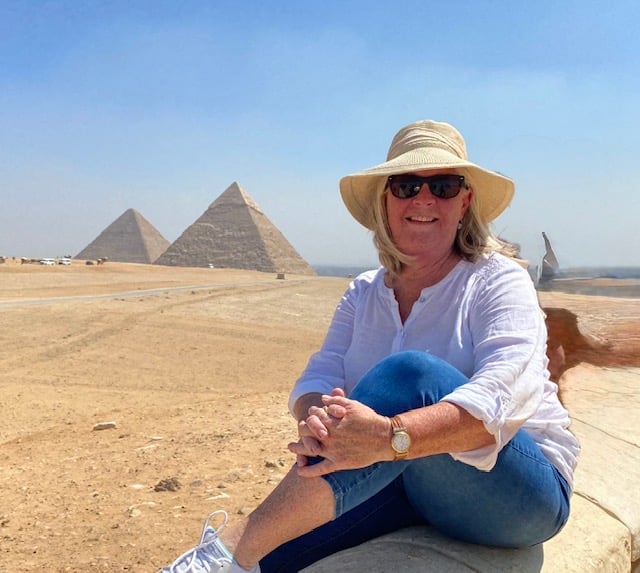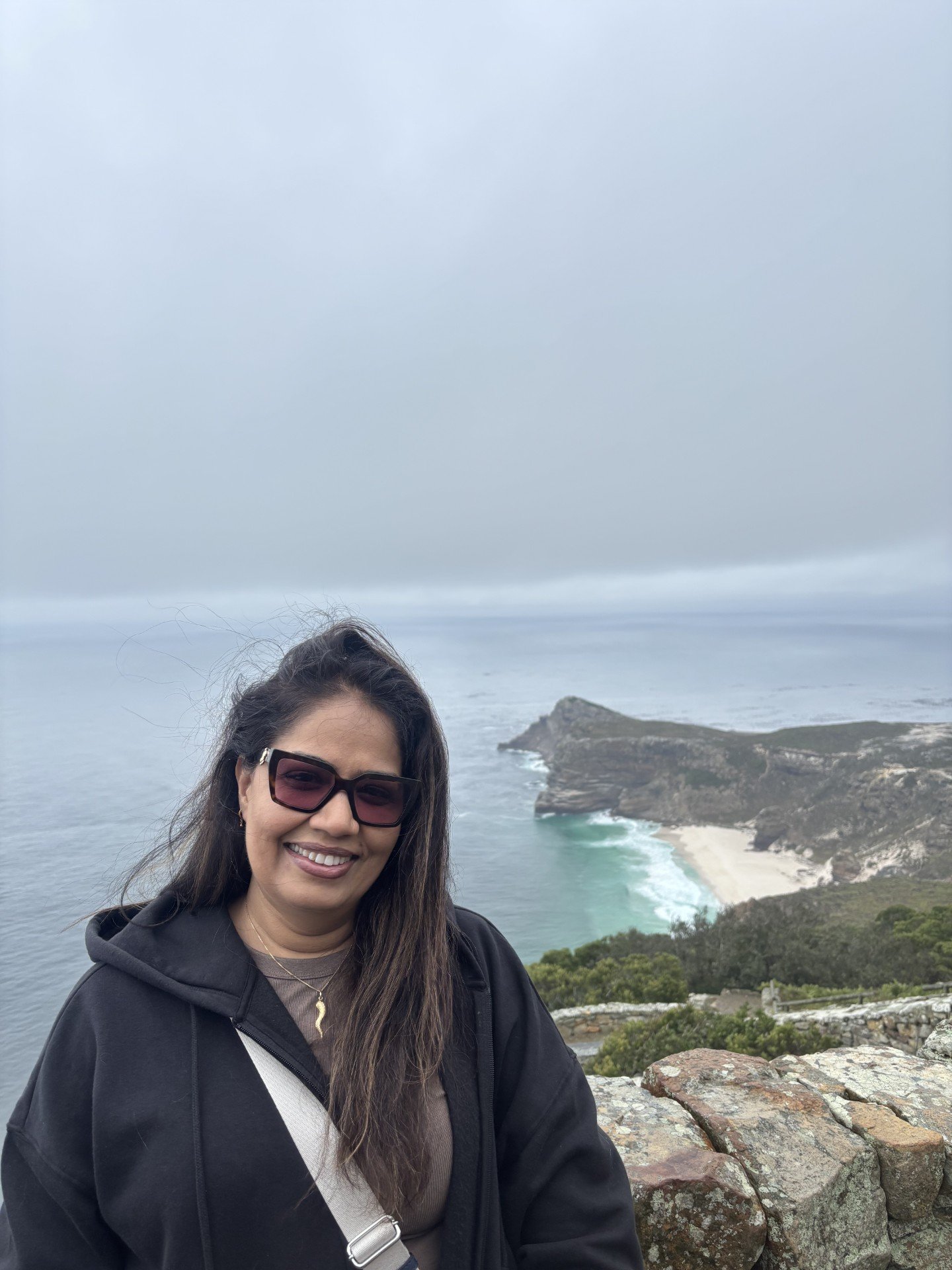US and Canadian passport holders are currently visa-exempt for short tourist or business trips (typically up to 30 days) but must complete an online pre-travel registration (ETA) and pay a small fee before arrival. Your passport needs 6+ months’ validity and blank pages. If you transit through or arrive from a yellow-fever risk country, proof of vaccination is required. Rules do change—confirm details on Mozambique’s eVisa site and your government’s advisory before you book.
Discover Tailor-Made Mozambique Vacations
A land of turquoise seas, wildlife-rich parks and centuries-old culture on Africa’s southeast coast.
Mozambique is a vivid tapestry of culture, coastline, and wild beauty. Wander through the cobblestone streets of Ilha de Moçambique, dive in the coral gardens of the Quirimbas or Bazaruto Archipelago, explore Gorongosa National Park’s rich wildlife, and sail aboard traditional dhows under golden sunsets.
Featured Highlights
- Drift in turquoise reefs around the Quirimbas Archipelago, where coral gardens amaze
- Witness elephants, lions, and countless bird species in Gorongosa and Niassa reserves
- Step back in time in Ilha de Moçambique, a UNESCO Wolrd Heritage Site
- Sail on a dhow under sunset skies, feeling ocean breezes and golden reflections
- Taste rich fusion cuisine where Portuguese, Swahili, Arab, and Bantu traditions blend
- Relax on remote islands like Bazaruto and Benguerra, where beaches feel untouched
What do Goway's travellers say?
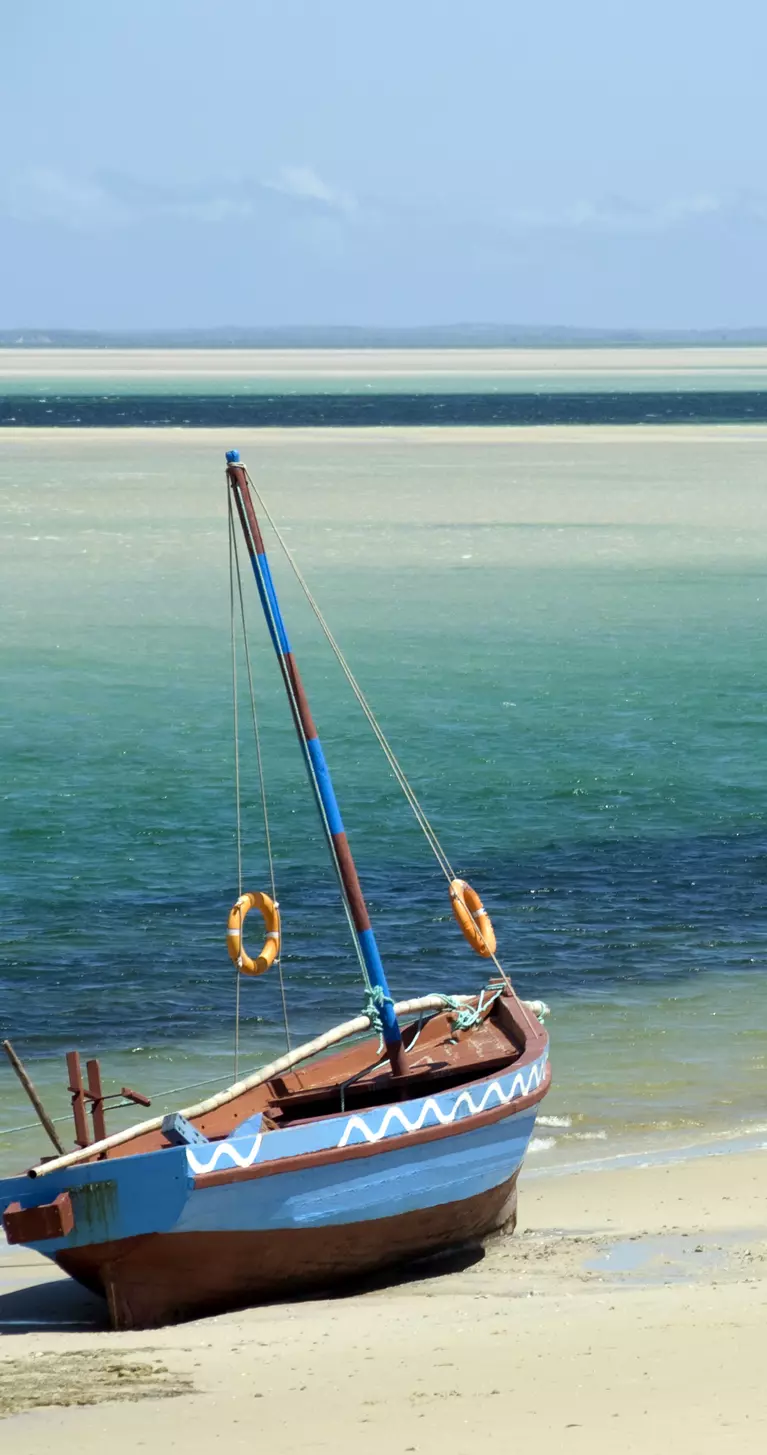
Get to know Mozambique before you go.
Best Time to Visit
The best time to visit Mozambique depends on whether you prefer sun-drenched coastlines or lush, rain-fed landscapes. Both seasons reveal a different side of the country’s natural beauty and cultural richness.
From May to November, Mozambique’s dry season offers clear skies, warm days, and low humidity. This is the prime period for diving in Bazaruto or Quirimbas, where waters reveal coral reefs and shoals of colourful fish. On land, Gorongosa and Niassa reserves teem with wildlife drawn to scarce water sources, while the coast welcomes humpback whales between June and October.
The wet season, December to April, transforms Mozambique into a green paradise. While rain showers can disrupt travel, they also bring vibrant scenery and a remarkable influx of migratory birds. For those seeking quiet beaches and fewer crowds, this is an appealing alternative.
Whether you’re after underwater adventures, safari encounters, or cultural immersion, timing your Mozambique holiday carefully ensures you experience its most captivating wonders.
What do the experts say?
The country has more than 2500km of coastline. This makes it a paradise for ocean lovers and curious travelers eager to explore an untouched marine world.
If you are after a lesser known spot, visit Ponta do Ouro. It is a small coastal town in southern Mozambique which is famous for pristine beaches, incredible snorkeling and a relaxed, authentic vibe!
Places To Go
Handcrafted journeys to our most popular places to visit in Mozambique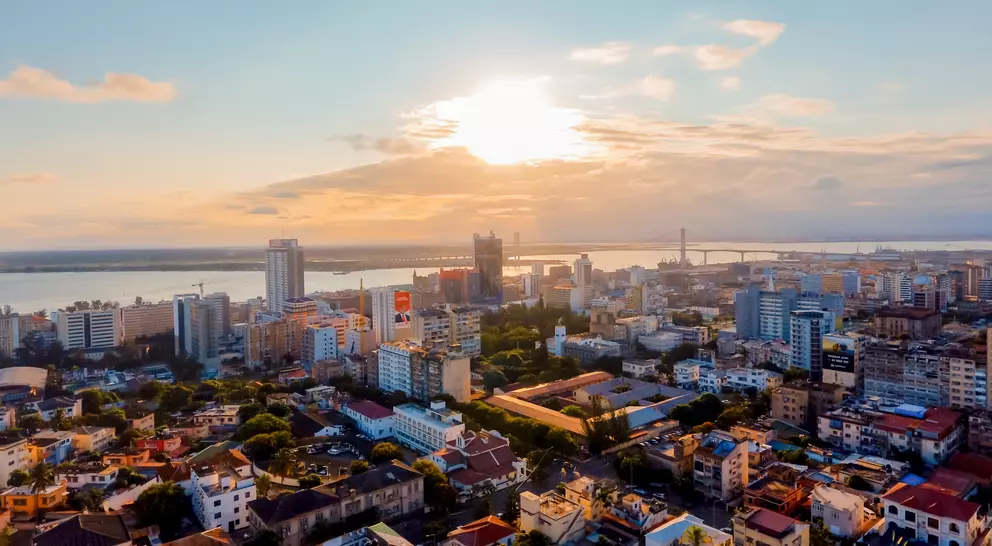
Maputo
Located on the west side of Maputo Bay is Maputo, a port city on the Indian Ocean. It is the...
Located on the west side of Maputo Bay is Maputo, a port city on the Indian Ocean. It is the capital and largest city in the country and is considered by many to be one of Africa’s most attractive...

Pemba
Built over rolling hills in northern Mozambique, Pemba is a port city and capital of the province...
Built over rolling hills in northern Mozambique, Pemba is a port city and capital of the province of Cabo Delgado found on a peninsula in Pemba Bay. The population of the city offers a mixture of...
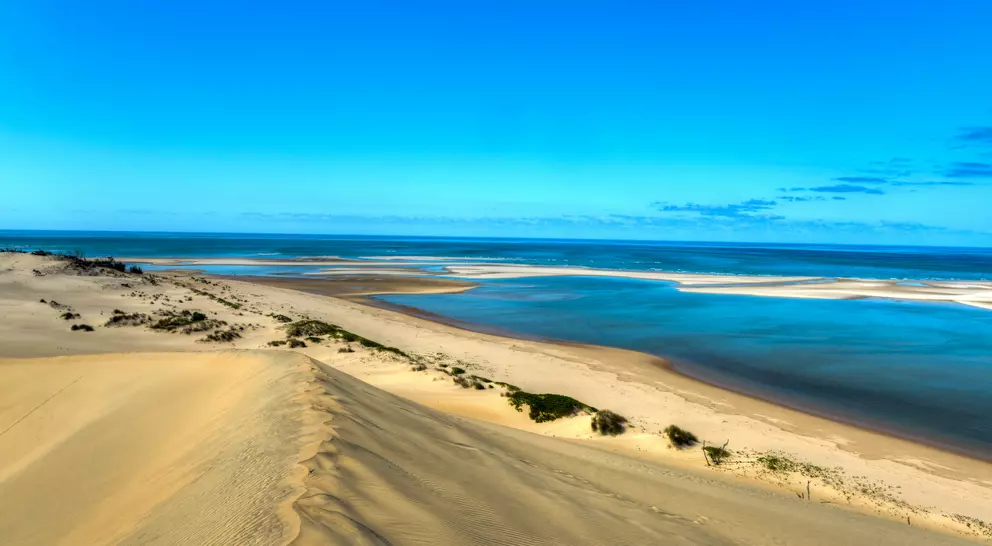
Vilanculos
Named after a local tribal chief Gamala Vilankulo Mukoke, Vilanculos is a coastal town found in the...
Named after a local tribal chief Gamala Vilankulo Mukoke, Vilanculos is a coastal town found in the Inhambane Province of Mozambique. Vilanculos serves as the country’s water sports capital and is...
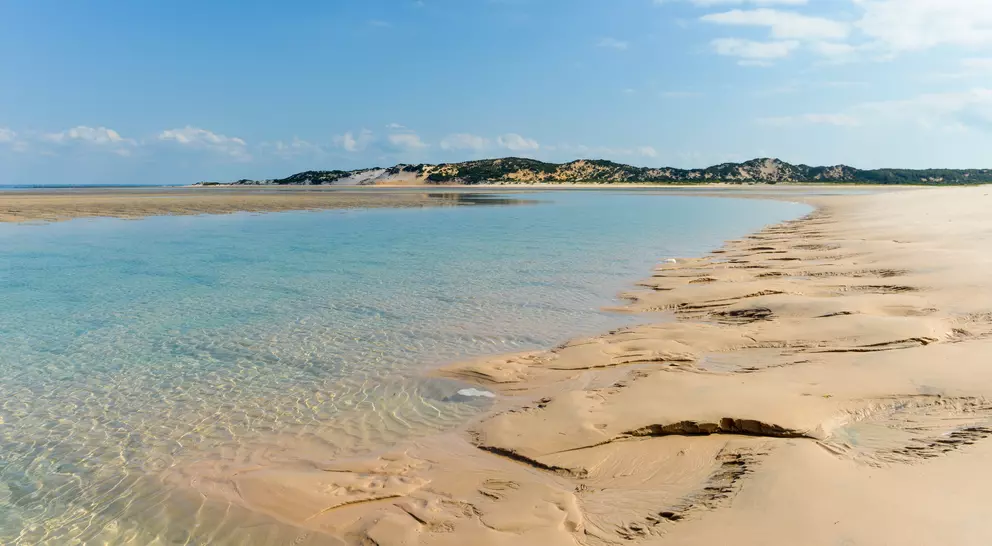
Bazaruto Island
Bazaruto Island translates to “Island of the Mist” and is part of the larger Bazaruto Archipelago,...
Bazaruto Island translates to “Island of the Mist” and is part of the larger Bazaruto Archipelago, Mozambique’s only underwater national park. Of the five islands that make up the archipelago,...
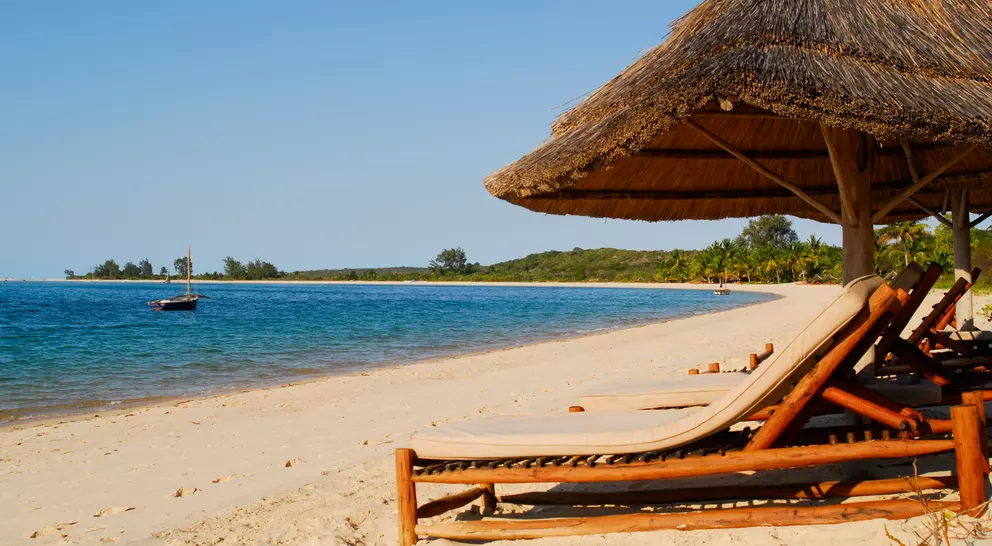
Benguerra Island
Benguerra Island, located 14 km (8.5 mi) off the shore of Mozambique is the second largest island...
Benguerra Island, located 14 km (8.5 mi) off the shore of Mozambique is the second largest island found in the Bazaruto Archipelago. Thanks to the incredible dive sites that surround the island, it...
Frequently Asked Questions
Do I need a visa or special permits to enter Mozambique?
What language is spoken locally? How widely is English understood in Mozambique?
Portuguese is the official language, while dozens of Bantu languages (like Makhuwa, Sena, and Tsonga) are spoken day to day. In cities and beach hubs such as Maputo, Vilanculos, and Tofo, you’ll usually find English at hotels, dive centres, and tour operators, though less so in rural areas—learning a few Portuguese phrases goes a long way.
What are the must-see attractions in Mozambique?
Think bright-blue water and powdery sand on the Bazaruto Archipelago—perfect for dhow cruises, snorkelling, and island-hopping from Vilanculos. History lovers should wander the coral-stone lanes of Ilha de Moçambique (a UNESCO World Heritage Site) and its 16th-century fort. Wildlife fans can head to Gorongosa National Park, where a remarkable restoration has brought big game back to the plains—pair a safari with time on the coast for a classic Goway-style beach-and-bush trip.
Is Mozambique safe? What should I keep in mind while travelling there?
Most trips are trouble-free, but exercise increased caution. Petty crime occurs in cities; keep valuables out of sight and use hotel safes. There is an ongoing insurgency in parts of Cabo Delgado and other northern areas—many governments advise avoiding those zones and any areas specifically listed as “Do Not Travel.” Cyclones can impact the coast, mainly January to March, affecting roads and flights. Check current advisories and local conditions before you go, and consider travelling with reputable operators and pre-arranged transfers.
What's the best way to travel within Mozambique?
Distances are long. For coast-to-coast hops, domestic flights (e.g., LAM) save time and connect Maputo, Vilanculos, Beira, and Pemba. For local touring, private drivers or guided transfers are most comfortable; roads can be rough and night driving isn’t advised. Minibus taxis (chapas) are common but often overcrowded and not the safest choice for visitors. For islands, plan light aircraft, helicopters, or organised boats.
What Mozambique cultural customs should I be aware of?
Greetings matter—start with a friendly handshake and a smile. Dress modestly away from the beach, especially in rural or predominantly Muslim communities in the north. Always ask before photographing people, and avoid taking photos of government or military sites. Tipping around 10% in restaurants is appreciated in tourist areas.
What should I wear/pack for Mozambique's climate?
It’s tropical: hot and humid in the rainy season (roughly November–March) and warm, drier, and breezier from April–October. Pack lightweight, breathable clothing, a sun hat, and reef-safe sunscreen; add a light layer for cooler evenings or windy boat rides. For mosquitoes, bring long sleeves/trousers for dusk and an effective repellent—malaria prevention is recommended; speak with a travel clinic. If you’re diving or snorkelling, toss in water shoes and your favourite mask. Keep an eye on cyclone updates if travelling mid-summer.
Unlock more by subscribing to our newsletter
With our newsletter, you’ll get access to regular communications that inspire you and help you explore the world your way
